Every year, on the auspicious occasion of Pahela Baisakh, the Fine Arts Faculty of Dhaka University, in collaboration with former students and teachers, organizes a vibrant procession known as "Mangal Shobhayatra" in the Shahbagh-Ramana area of Dhaka city. This procession, which has become a cherished tradition, attracts participants from various walks of life and different age groups, adding to its colorful and diverse atmosphere.
Symbolic artifacts are carried through the streets, accompanied by thousands of people bearing masks of various colors and portraits depicting elements of Bengali culture. Over the years, "Mangal Shobhayatra" has evolved into a prominent public celebration across Bangladesh, with similar processions taking place in nearly every district and upazila headquarters.
In recognition of its cultural significance, Bangladesh's "Mangal Shobhayatra" was included in the list of Intangible Cultural Heritage of Humanity by UNESCO on November 30, 2016, upon the application of the Ministry of Culture of the Government of Bangladesh.
The procession is not only a celebration of the Bengali New Year but also serves as a platform for cultural expression and unity. It originated in the 1980s as the "Ananda Sobhayatra," initiated by the Fine Arts Institute of Dhaka University to foster solidarity against authoritarian rule and advocate for peace and justice.
Over the years, the procession has grown in popularity, featuring elaborate masks, giant puppets, musical instruments, and traditional dances. Initially known as "Barsho Baran Ananda Shobhayatra," it was later renamed "Mangal Shobhayatra" in 1996, signifying its transformative journey and enduring cultural significance.
The tradition has also spread beyond Dhaka, with similar celebrations taking place in other cities such as Jessore, where the first New Year procession was organized by Charupeeth, a private institution, in 1986. Inspired by Jessore's success, the Ananda Shobhayatra was launched from Charukala in Dhaka, further enriching Bangladesh's cultural landscape.
As "Mangal Shobhayatra" continues to captivate participants and spectators alike, it remains a testament to the rich cultural heritage and communal spirit of the Bengali people, uniting communities in celebration and solidarity.



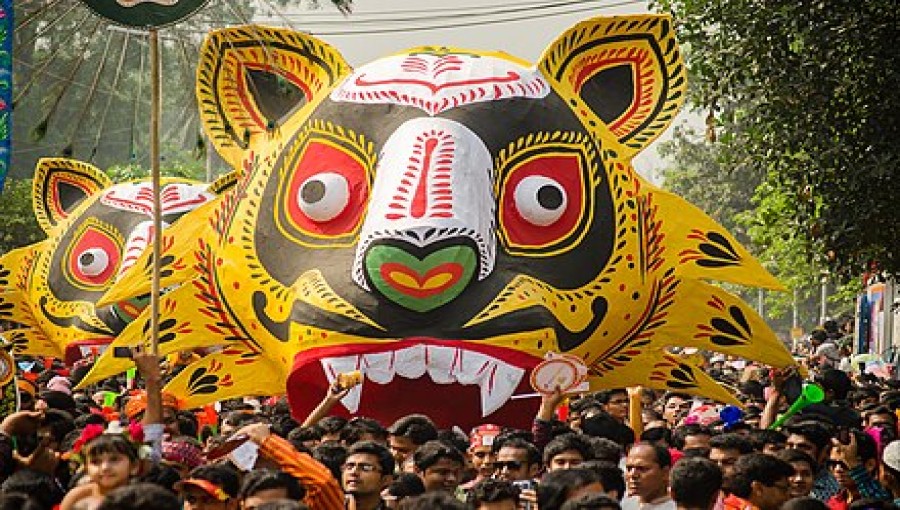




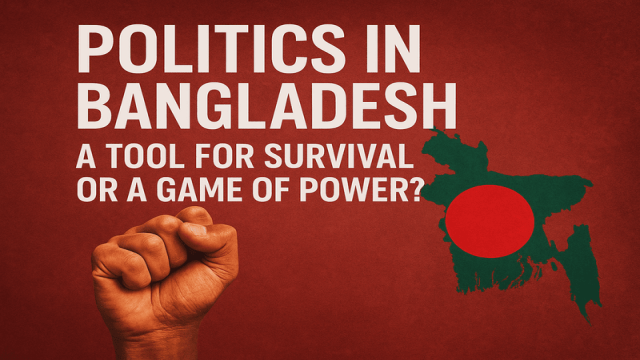
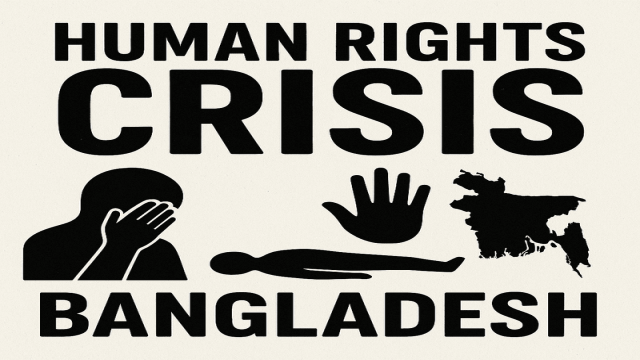
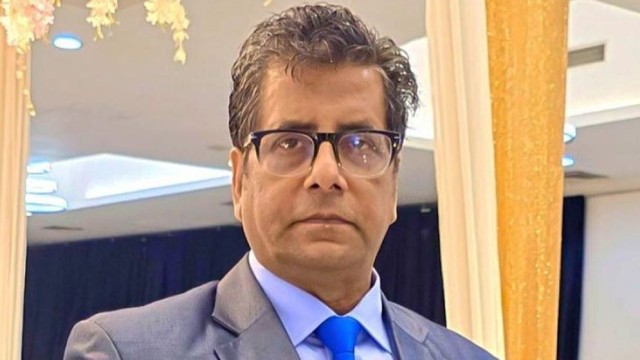
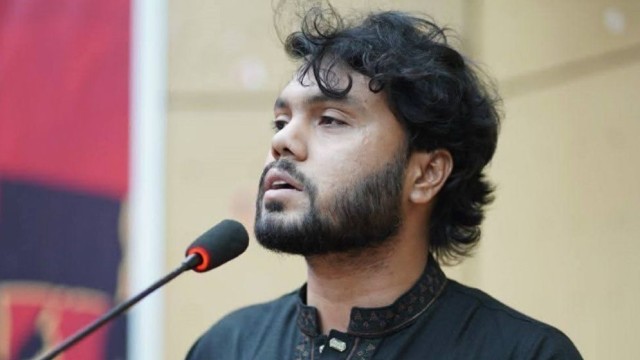

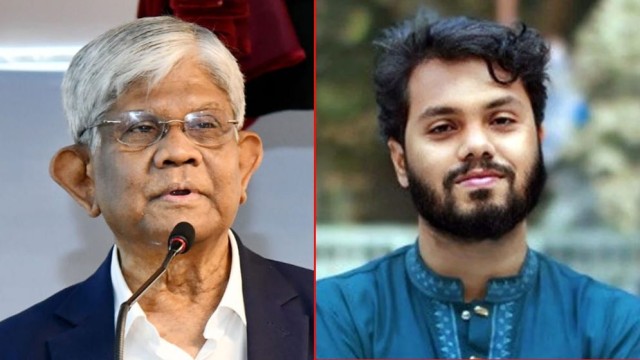



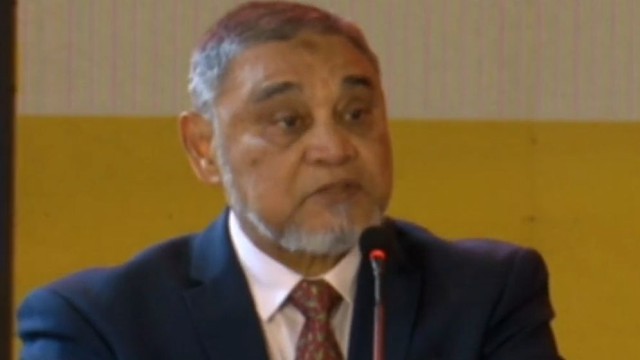
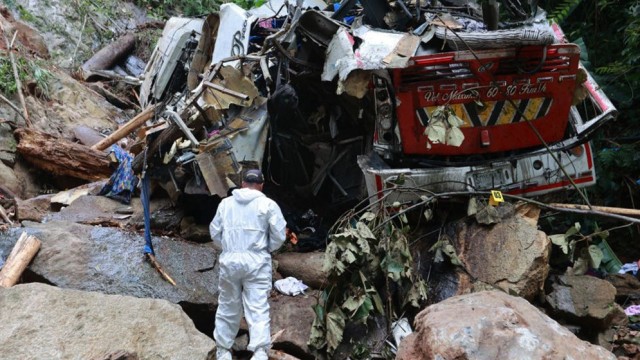
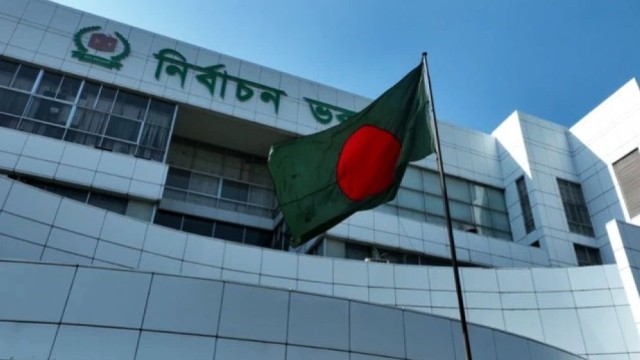


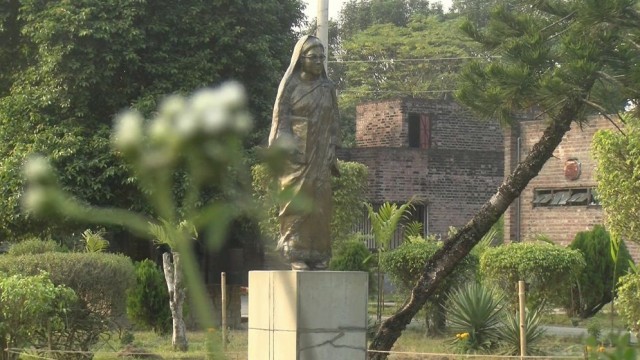
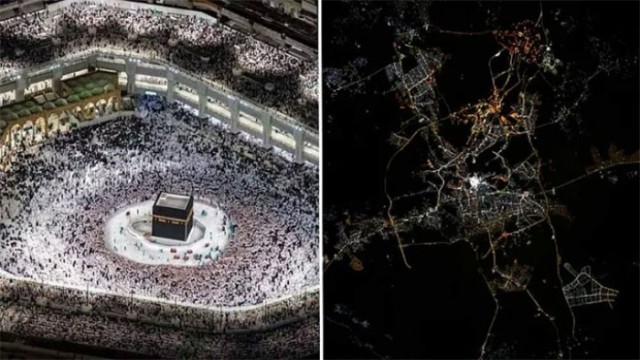




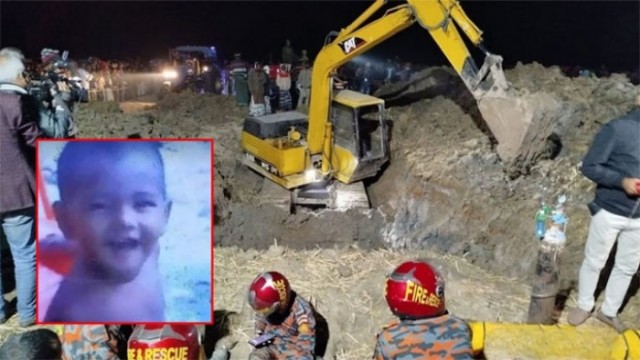

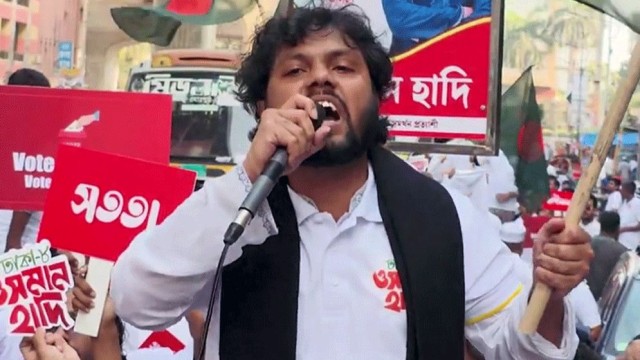
Comment: